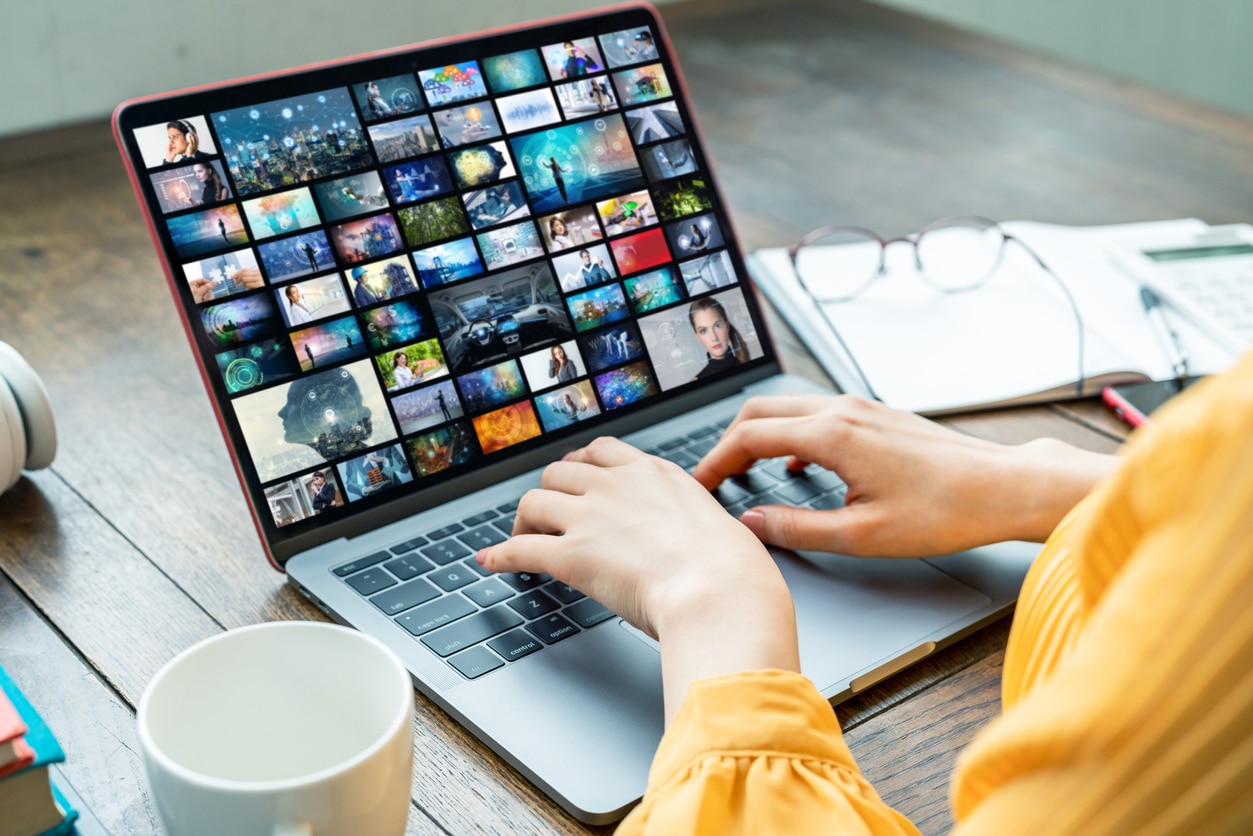Table of Contents
Images are a vital part of every website. Not only do they help to grab your visitor’s attention, but they also help with your overall SEO. The key to good images for your website is finding or taking high-quality images and making sure that they are the correct size. Knowing the best image size for websites is essential to having eye-catching content and a healthy load page speed.
What is the best image size for websites?
The size of your images varies depending on where you want them on your website. The optimal file size for images on a website is no more than 200 KB, and for full-screen background images, between 1500 pixels to 2500 pixels wide, and for most other images a max-width of 800 pixels. Keeping images between these perimeters will ensure they load properly on computers and mobile screens.
Best header image size
The best image size for website headers is 1024 pixels wide. Most websites have a resolution of 1024px x 768px. So, a header image of 1024px will render nicely across the top of your website while not slowing down your webpage speed.
Best background image size
For background images, the best size is 1920 pixels wide x 1080 pixels high. This ideal ratio of 16:9 will fill the surface of the webpage without compromising the quality of the image. In terms of pixels per inch (ppi), the image should be at least 72. But keep the file size as small as possible, or it may slow your site’s load time.
Best logo image size
The best logo image size for websites is usually 250px wide by 100px high and no larger than 320 pixels wide by 70-100 pixels high. But, if your website has a “retina” logo option, then these dimensions should be doubled. In general though, because mobile devices are between 320 pixels – 500 pixels wide, logo image size for mobile websites need to be kept between this range to make sure they render on the screen.
What is the best image format for web?
The golden rule for image file types is JPG file formats for photos and PNG or SVG files for logos and illustrations. This will ensure that your images will load properly and not slow your page’s load speed. If working with a website on WordPress, it’s important to know that WordPress doesn’t support SVG file types. That’s why we recommend a plugin called SVG Support for clients who need it. Reach out to our web designers in Vancouver, WA to learn more.
PNG vs. JPG for web – what’re the differences?
PNG images are larger than JPGs which means that they are usually slower to load. On the other hand, PNGs support transparency and have a higher quality than JPGs. Most images on websites can be JPGs, but there may be times you need to use a PNG. If so, make sure you have the correct PNG file size and use a compression tool to help keep the file size small.
How to make photos load faster on websites
Before loading images on your website, make sure you have them resized to the right dimensions. Another way to help images load faster and not slow down page speed is to compress them to a smaller size. There are free image compression tools such as Optimazilla or TinyJPG to help optimize your images.
Why is load speed so important?
Load speed is essential for your website’s overall health and performance. If you have slow-loading pages, your visitors may leave to find a faster website and causing a higher bounce rate for your website. Bounce rate is a vital element for Search Engine Optimization. Search engines like Google will reward a website with lower bounce rates and fast loading times by appearing at the top of search results.
Need Help building a website? Let us know!
If image sizes and file types, and compression rates have you confused, let us know! We are a local digital agency in Vancouver, WA, with over ten years of experience creating impactful websites and optimizing them for SEO. Our team will sit down with you to discuss your vision and walk you through the process.
